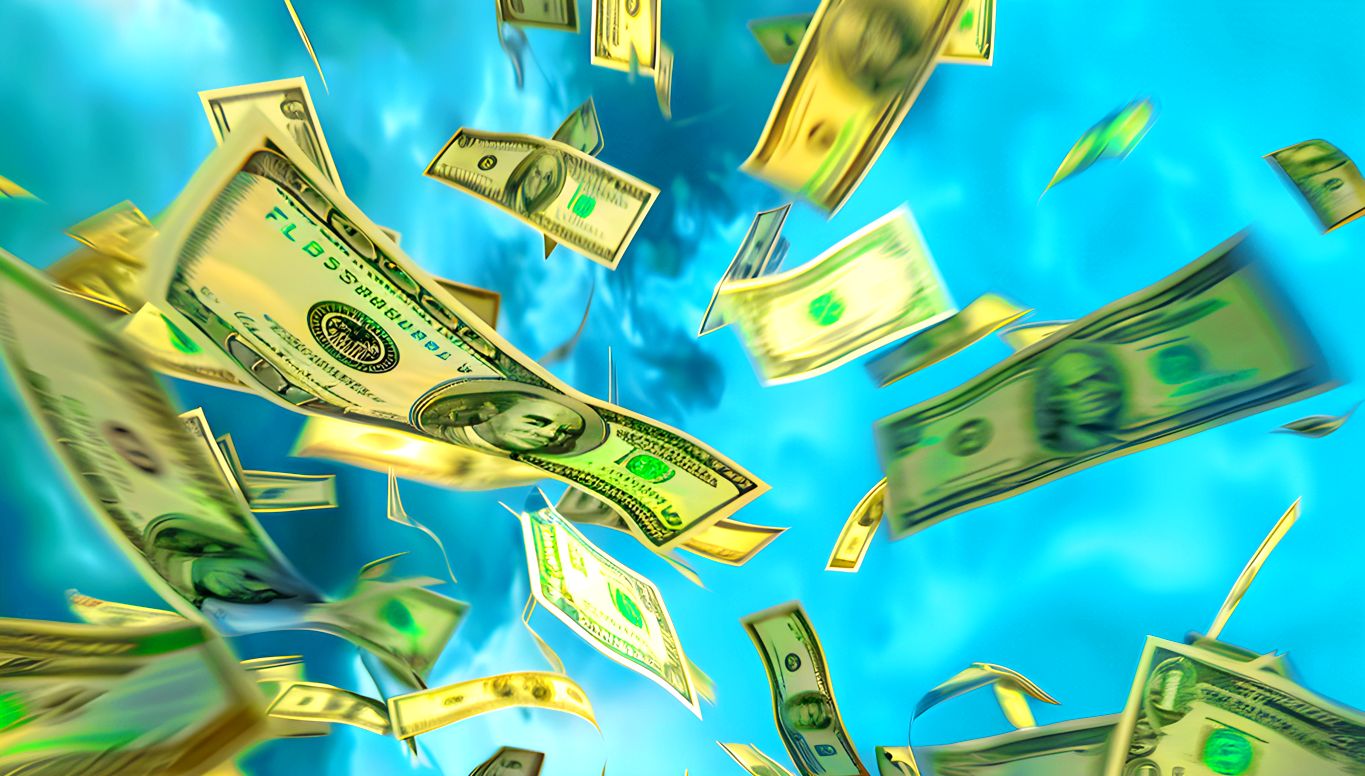April saw a slight dip in U.S. inflation, settling at 3.4%, precisely what the analysts had pegged. This modest decline from March’s 3.5% was noted by the U.S. Labor Department this Wednesday.
On the heels of this release, Federal Reserve Chair Jay Powell had just the day before reinforced the possibility of sustained high interest rates to combat stubborn inflation.
U.S. President Joe Biden is on a mission. With the election just around the corner in November, he’s been hard at work trying to reshape how voters view his economic governance.
Given that high inflation has been eating away at his approval ratings, these numbers are more crucial than ever.
Inflation eases cost of living
April’s core consumer prices, which ditch the unpredictable food and energy sectors, saw a 3.6% year-over-year increase. This is slightly down from March’s 0.4% rise to a 0.3% uptick this time around.
There’s a hint of relief here as the price climb rate appears to be cooling off after a period of unsettlingly high inflation figures that raised eyebrows concerning the health of the world’s top economy.
According to the latest from the Labor Department, the drop from 3.5% to 3.4% over the past 12 months might seem small but is significant enough to turn some heads.
Main contributors? Higher rents and petrol prices are the usual suspects pushing up the cost of living.
Analysts are in a bit of a tizzy, though, not expecting this slight decrease in inflation to put an end to the intense debates on how the U.S. central bank should adjust interest rates.
Since last July, the Fed has been playing it cool with a steady key interest rate around 5.3%, hoping these nearly two-decade high borrowing costs will help ease the inflationary pressure.
Retail and real estate react positively
Despite persistent hopes for rate cuts, they’ve been pushed further into the future as 2022 progresses with consistent economic growth and prices still racing beyond the Fed’s comfort zone of a 2% annual increase.
A glimpse at retail sales from the same Wednesday tells us consumer spending hasn’t budged from March, leading to whispers that the U.S. economy might be bracing for a slowdown.
These retail doldrums follow alarming signals from major retailers, who report that the less affluent are tightening their belts. Not exactly the news you want when trying to gauge economic stability.
Even more, the Labor Department pointed out specific areas where prices are on a decline compared to last year—new and used cars, furniture, toys, and airline fares, to name a few.
However, grocery bills are still on the rise, up by 1.1% from last year, even with dips in prices for eggs, milk, cheese, and other dairy items, overshadowed by hikes elsewhere.
Rent and housing costs, crucial drivers of housing expenses, have soared by 5.5% over the year. And it doesn’t stop there—car insurance and medical expenses have also seen an uptick.
Removing the volatile food and energy sectors, we see a 3.6% price rise over the past year, and it is the slowest escalation since 2021.





